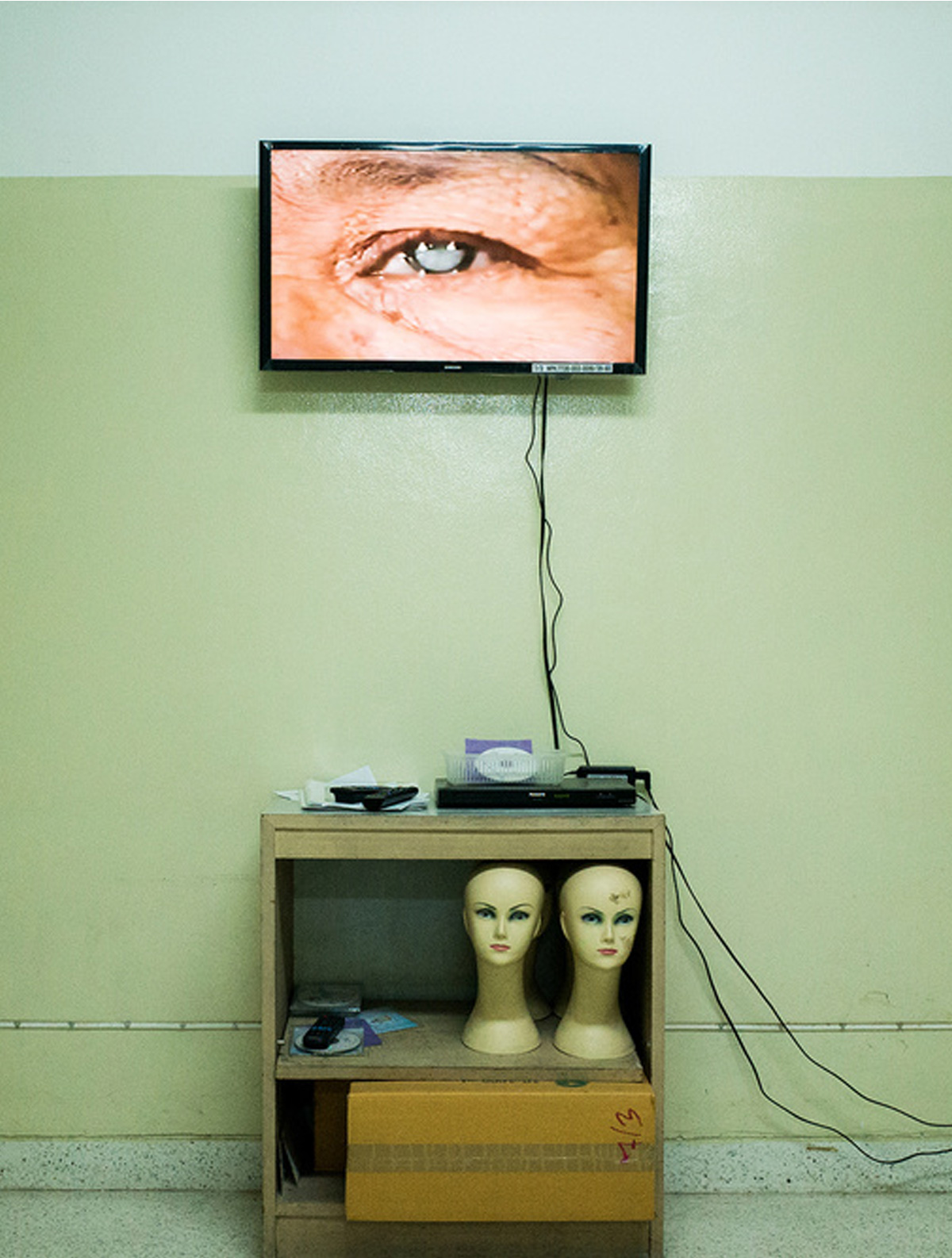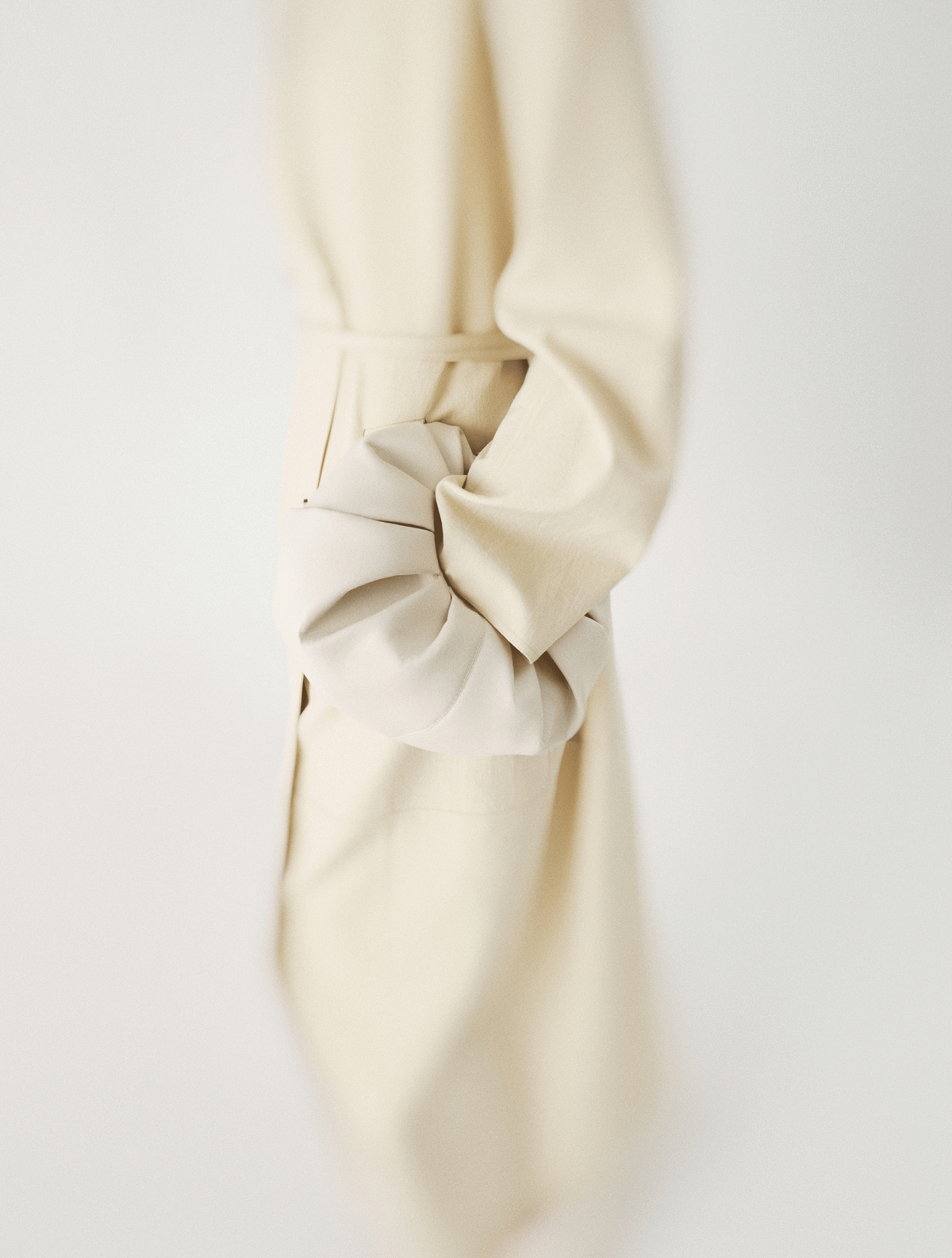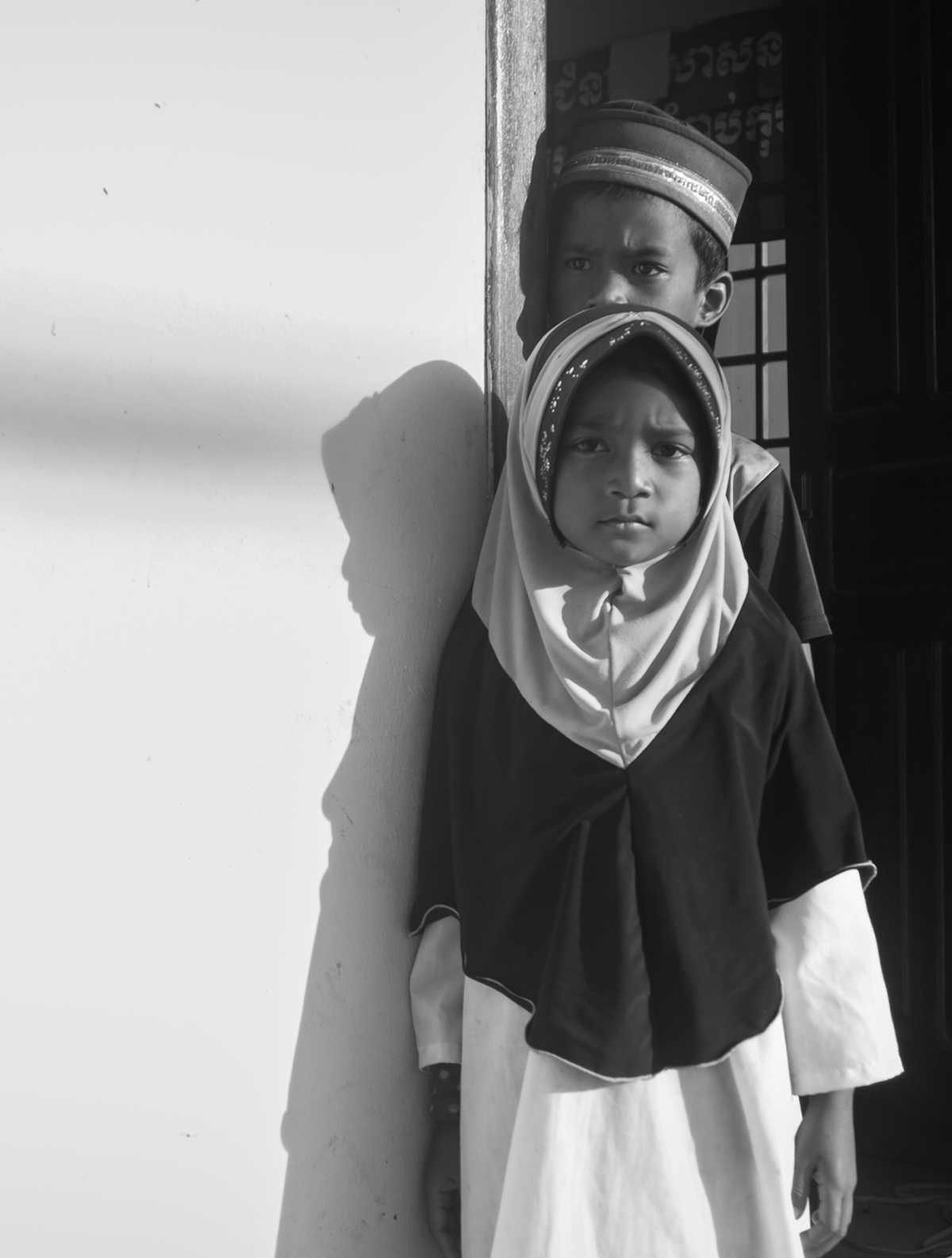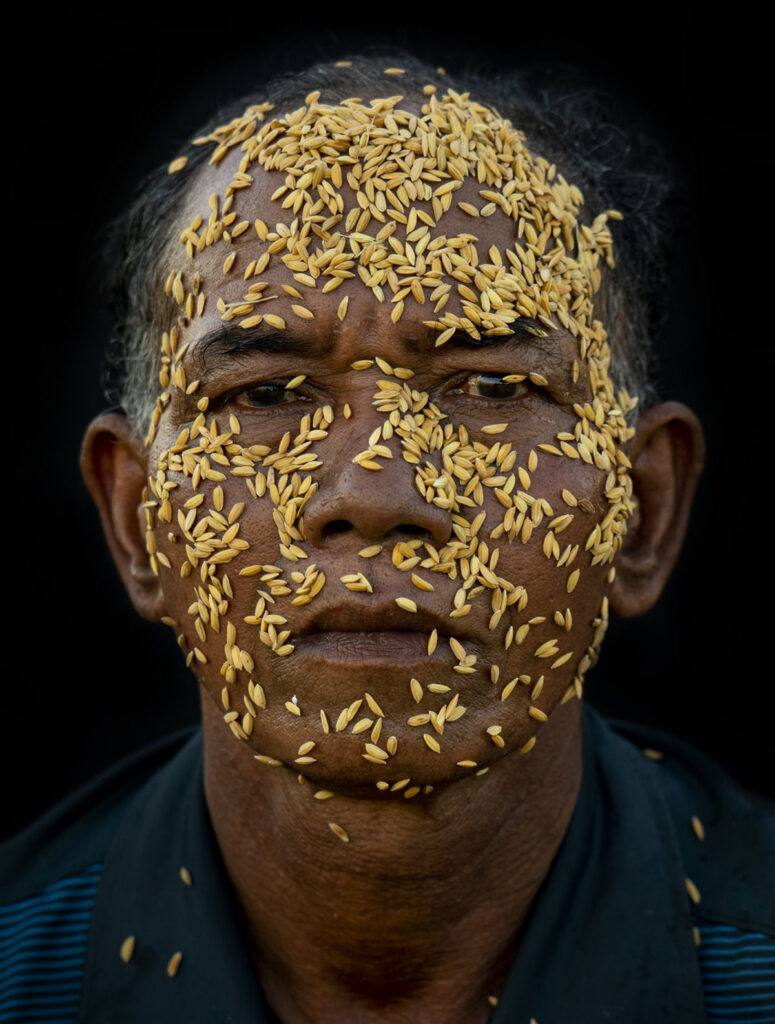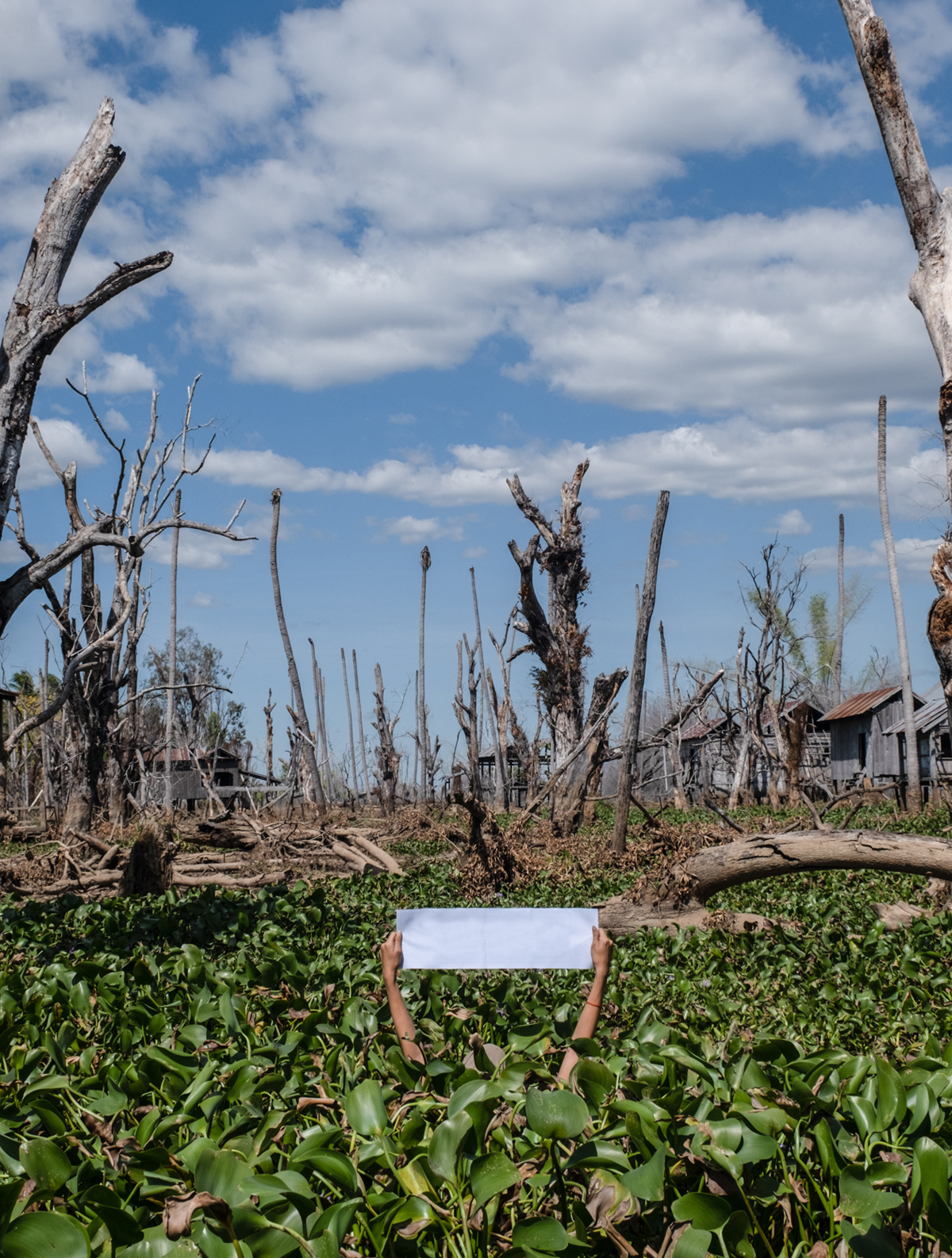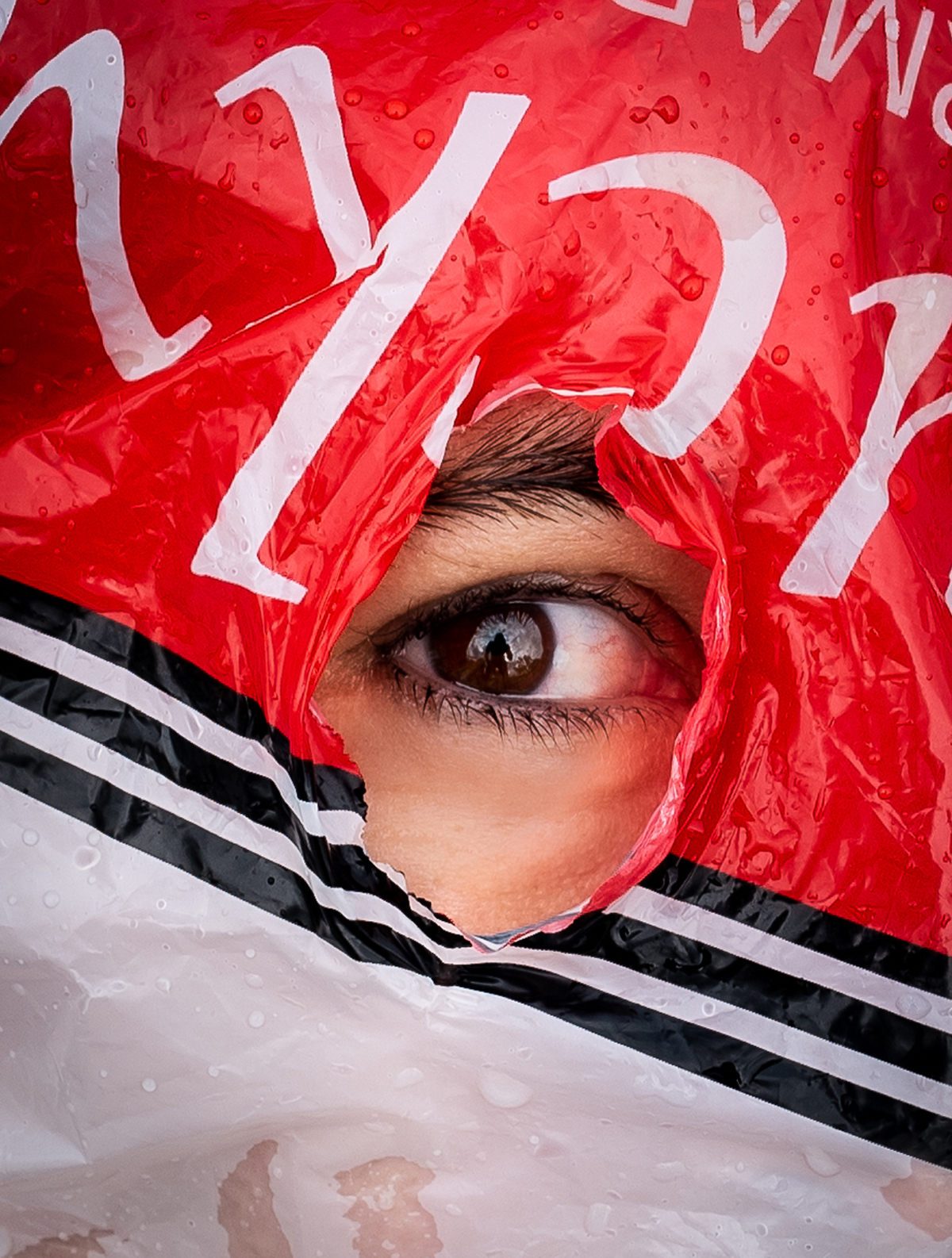Photographs by Mao Sovanchandy
Words by Pratyusha Borgaonkar
Published on November 6, 2021
Share this :
Mao Sovanchandy challenges viewers to contemplate the tension between architectural development and preservation.

Driven by the enthusiasm to experiment with the forms of creative storytelling, Mao Sovanchandy attributes her creative freedom to her familial and societal restrained environment. An architect with the passion to create conceptual photography, her works often evoke discussions of expanding the understanding of arts. Her recent project ‘Asymmetry’ is a combination of her love of photographs and knowledge of architecture. Through it, Mao offers insights on the increasing consumerism in Phnom Penh in Cambodia, her home country.
The photographer narrates the ever-rising need for goods in the globalised Asian economies by focusing on the demand and supply chain of modern properties and urban development. She observed that over the last 40 years, the excessive supply of high-rises throughout Phnom Penh has brought irreversible changes that have shaped a new urban identity. “This is an era that is erasing memories of the city, and might erase the memories of the community as well’’ says Mao as she explains the notion of urban identity in these shared post-modern times. These changes have led to the demolition of the old architecture that had connotations of identities, legacies and history of the French colonization in Phnom Penh including its later movement of new historic Khmer architecture.
“As a young architect who has witnessed the accelerated urban development and disturbance, I held up mirrors reflecting the contrast of the old buildings versus the new ones, contemplating the balance and tension between development and preservation”, she explains.
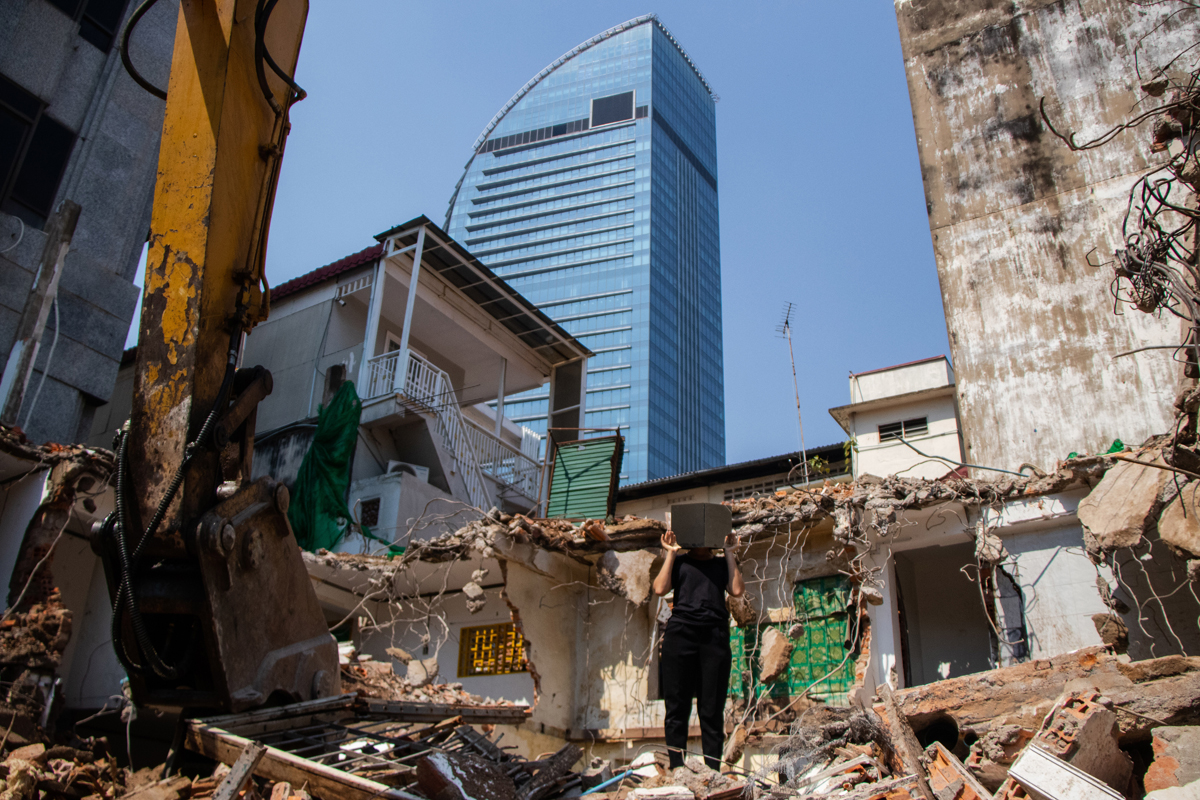
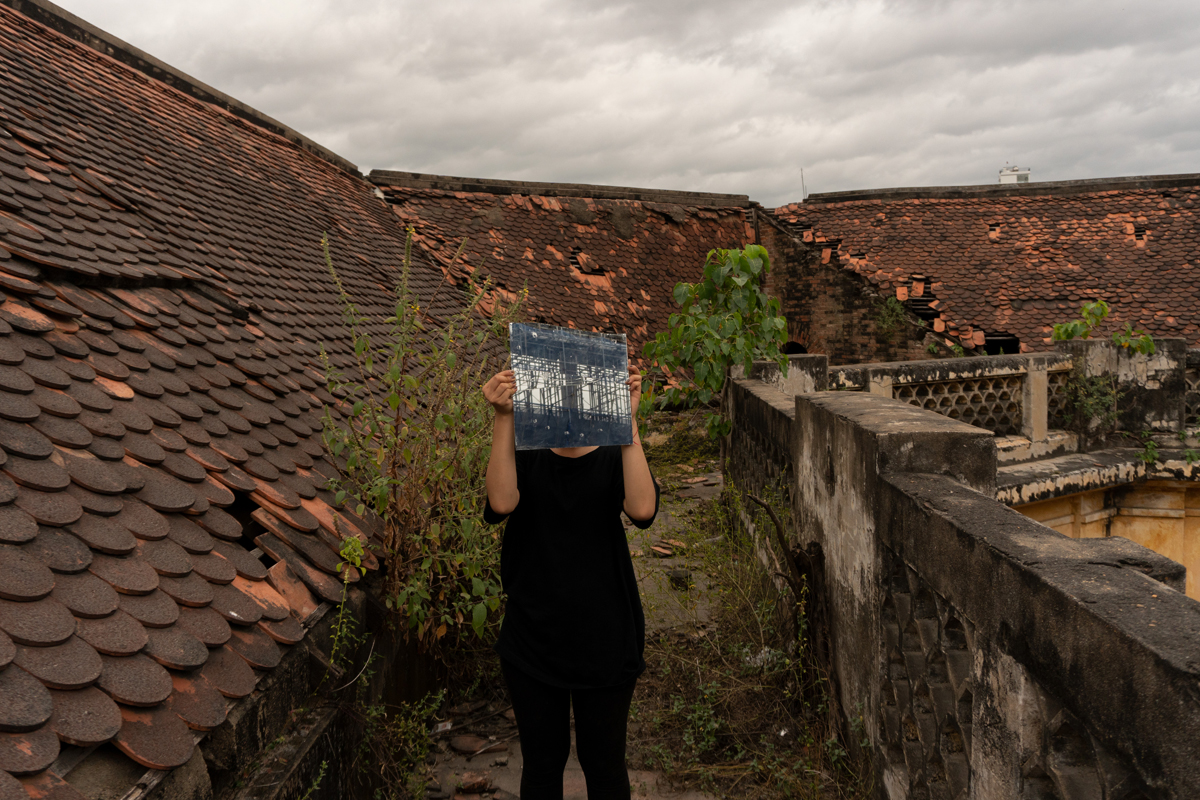
This project ended up a lot different than others; it involved a lot of decision making in terms of location choices, available resources, and historical contexts. Thankfully her friends, partner, and her teacher were always available to help. Mao narrates an incident from her shoot, “One of the great challenges in one of the artwork was climbing up the police commission building which had a very old staircase. We also needed a permit from the police commission building to top it off.”
Despite the difficulties, the result was a beautiful series of photographs with juxtaposing elements that aptly convey the conversations of current urban life. “All of the places that were included in the project were also really thoughtful; they contain all the information and have their own meaning. This allowed the images to complement each other.”
In the project, contrasting architectures between the reflections in the mirror and the subject’s environment invite the viewer to reflect upon the time that has passed and the identity demolishment that came along with it. “In doing so, I intended to trigger our thoughts on our urban identity and our responsibilities toward these structures that bear so much cultural and historical value. I hope to deliver “facts” through such surreal experiences, which are sometimes nostalgic, critical, and poetic,” says Mao. “Living in a developing country like Cambodia, there is a lot of foreign investment which leads to accelerated development and mass property destruction. Being a young architect, made me contemplate the balance and tension between this development and preservation”, she reflects. “I hope this work could really deliver a constructive message and have some effect on the developing industries and the people as a community. This way we can improve and extend our understanding of heritage, history, and cultural contexts in our part of the continent”, she notes, as she hopes to further expand on the series.
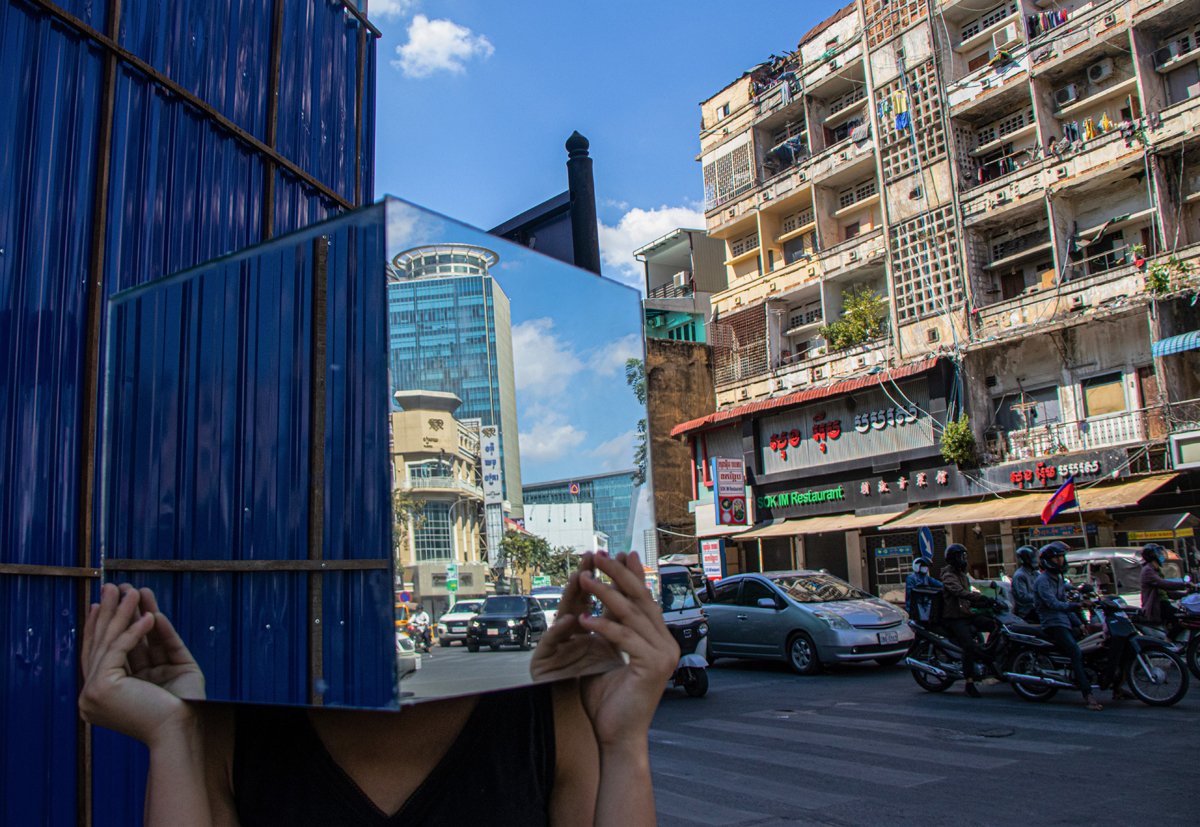
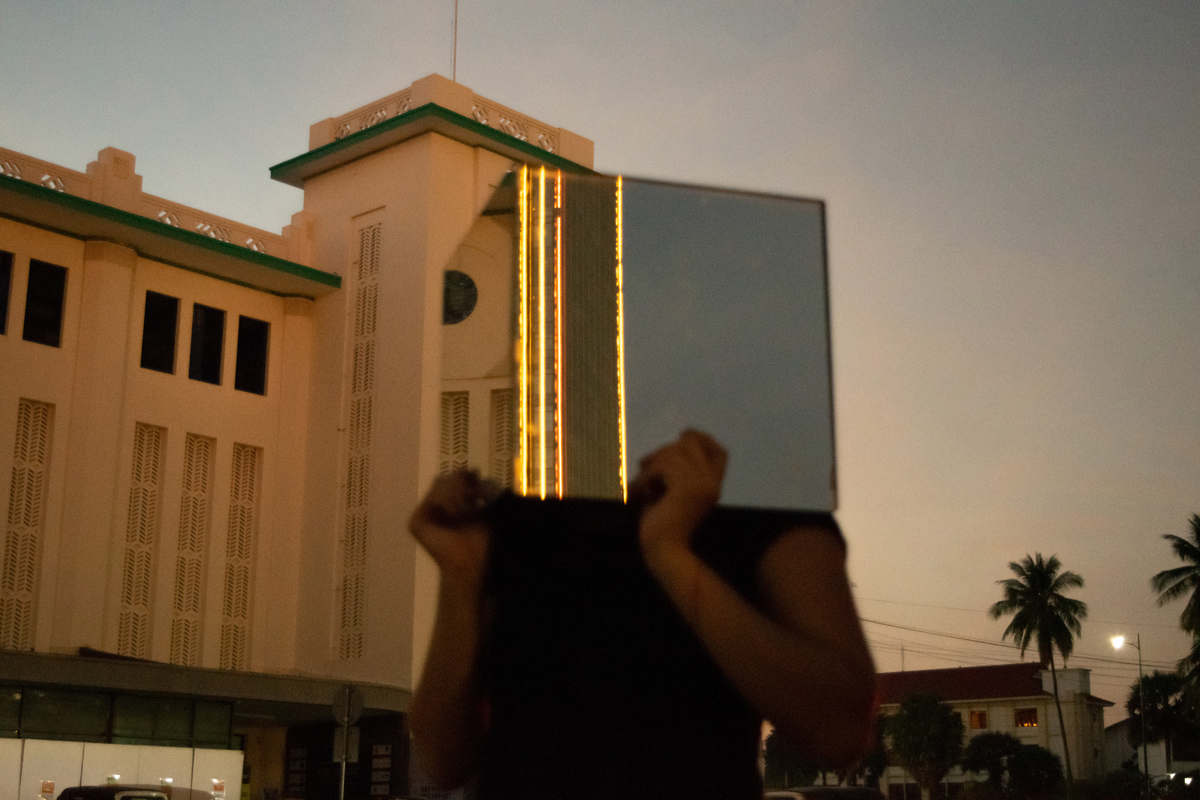
Share this :
Follow us :
ADVERTISEMENT
LATEST ARTICLES
Krerkburin Kernburi’s SurrealLand! Is A Series Of Extraordinary Photos Of Ordinary Days Of Our Lives
In Conversation: Lam Gia Khang Promotes Balance and Stillness Through Minimal Design
“Cham Community Project” – A Redemptive Celebration Of Muslim Community In Siem Reap
SIMILAR ARTICLES



